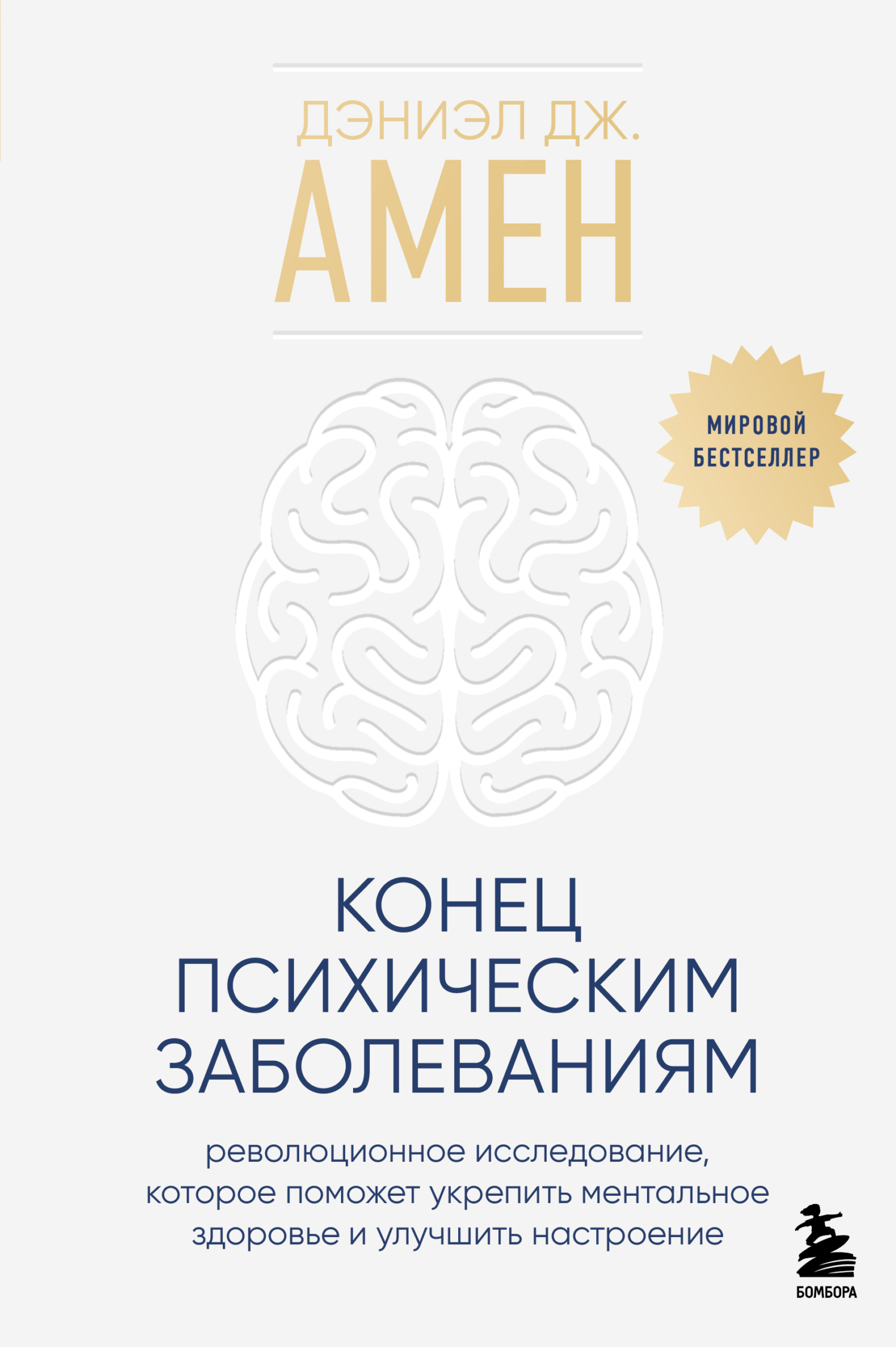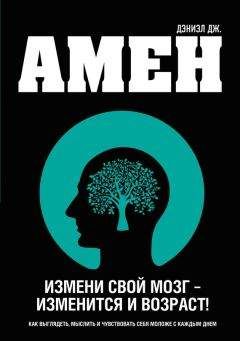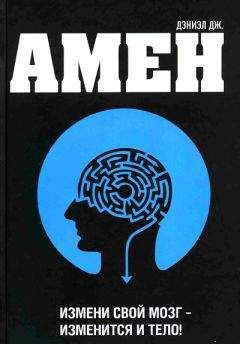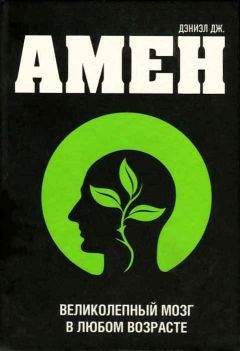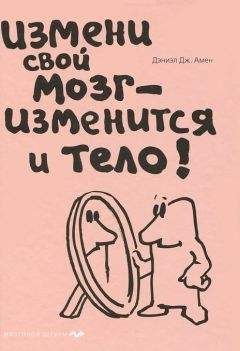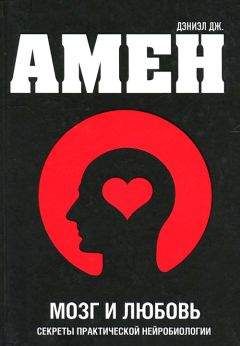in the United States, 1999–2008,”
Journal of the Academy of Nutrition and Dietetics 112, no. 5 (May 2012): 642-48.
Robert J. Flanagan and T. J. Meridith, “Use of N-acetylcysteine in Clinical Toxicology,” American Journal of Medicine 91, no. 3, suppl. 3 (September 30, 1991): S131-39.
Reinhold Kirchhoff et al., “Increase in Choleresis by Means of Artichoke Extract,” Phytomedicine 1, no. 2 (September 1994): 107-15.
Suzan M. Mansour et al., “Ginkgo Biloba Extract (EGb 761) Normalizes Hypertension in 2K, 1C Hypertensive Rats: Role of Antioxidant Mechanisms, ACE Inhibiting Activity and Improvement of Endothelial Dysfunction,” Phytomedicine 18, nos. 8–9 (June 15, 2011): 641-47.
Kültiğin Cavuşoğlu et al., “Protective Effect of Ginkgo Biloba L. Leaf Extract against Glyphosate Toxicity in Swiss Albino Mice,” Journal of Medicinal Food 14, no. 10 (October 2011): 1263-72.
Shi-Sheng Zhou et al., “The Skin Function: A Factor of Anti-Metabolic Syndrome,” Diabetology and Metabolic Syndrome 4, no. 1 (April 26, 2012): 15.
Margaret E. Sears, Kathleen J. Kerr, and Riina I. Bray, “Arsenic, Cadmium, Lead, and Mercury in Sweat: A Systematic Review,” Journal of Environmental and Public Health 2012 (2012): 184745. Stephen J. Genuis et al., “Blood, Urine, and Sweat (BUS) Study: Monitoring and Elimination of Bioaccumulated Toxic Elements,” Archives of Environmental Contamination and Toxicology 61, no. 2 (August 2011): 344-57.
Margaret E. Sears and Stephen J. Genuis, “Environmental Determinants of Chronic Disease and Medical Approaches: Recognition, Avoidance, Supportive Therapy, and Detoxification,” Journal of Environmental and Public Health 2012 (2012): 356798.
H. Lew and A. Quintanilha, “Effects of Endurance Training and Exercise on Tissue Antioxidative Capacity and Acetaminophen Detoxification,” European Journal of Drug Metabolism and Pharmacokinetics 16, no. 1 (January – March 1991): 59–68. Chandan K. Sen, “Glutathione Homeostasis in Response to Exercise Training and Nutritional Supplements,” Molecular and Cellular Biochemistry 196, nos. 1–2 (June 1999): 31–42.
Margaret O. Murphy et al., “Exercise Protects against PCB-Induced Inflammation and Associated Cardiovascular Risk Factors,” Environmental Science and Pollution Research 23, no. 3 (February 2016): 2201-11.
Stephen J. Genuis et al., “Human Elimination of Phthalate Compounds: Blood, Urine, and Sweat (BUS) Study,” Scientific World Journal 2012 (2012): 615068.
Stephen J. Genuis et al., “Human Excretion of Bisphenol A: Blood, Urine, and Sweat (BUS) Study,” Journal of Environmental and Public Health 2012 (2012): 185731.
Kaye H. Kilburn, Raphael H. Warsaw, and Megan G. Shields, “Neurobehavioral Dysfunction in Firemen Exposed to Polychlorinated Biphenyls (PCBs): Possible Improvement after Detoxification,” Archives of Environmental Health 44, no. 6 (1989): 345-50.
Tanjaniina Laukkanen et al., “Sauna Bathing Is Inversely Associated with Dementia and Alzheimer’s Disease in Middle-Aged Finnish Men,” Age and Aging 46, no. 2 (March 1, 2017): 245-49.
Tanjaniina Laukkanen et al., “Association between Sauna Bathing and Fatal Cardiovascular and All-Cause Mortality Events,” JAMA Internal Medicine 175, no. 4 (April 2015): 542-48.
Kelli F. Koltyn et al., “Changes in Mood State following Whole-Body Hyperthermia,” International Journal of Hyperthermia 8, no. 3 (May/June 1992): 305-7.
K. Kukkonen-Harjula and K. Kauppinen, “How the Sauna Affects the Endocrine System,” Annals of Clinical Research 20, no. 4 (1988): 262-66. D. Jezová et al., “Rise in Plasma Beta-endorphin and ACTH in Response to Hyperthermia in Sauna,” Hormone and Metabolic Research 17, no. 12 (December 1985): 693-94.
K. Kukkonen-Harjula et al., “Haemodynamic and Hormonal Responses to Heat Exposure in a Finnish Sauna Bath,” European Journal of Applied Physiology and Occupational Physiology 58, no. 5 (1989): 543-50.
Satoshi Kokura et al., “Whole Body Hyperthermia Improves Obesity-Induced Insulin Resistance in Diabetic Mice,” International Journal of Hyperthermia 23, no. 3 (May 2007): 259-65.
Laukkanen et al., Association between “Sauna Bathing and Fatal Cardiovascular and All-Cause Mortality Events,” 542-48.
Ronald C. Kessler et al., “Prevalence, Severity, and Comorbidity of 12-Month DSM-IV Disorders in the National Comorbidity Survey Replication,” Archives of General Psychiatry 62, no. 6 (June 2005): 617-27.
Jack Dreyfus, A Remarkable Medicine Has Been Overlooked (New York: Dreyfus Medical Foundation, 1992).
Emil Kraepelin and A. Ross Diefendorf, Clinical Psychiatry (New York: Macmillan, 1907; Delmar, NY: Scholars’ Facsimiles and Reprints, 1981).
Luke Plunkett, “The Banned Pokémon Episode That Gave Children Seizures,” Kotaku, October 20, 2015, https://kotaku.com/the-banned-pokemon-episode-that-gave-children-seizures-5757570.
Там же.
Kirsty Martin et al., “Ketogenic Diet and Other Dietary Treatments for Epilepsy,” Cochrane Database of Systematic Reviews, no. 2 (February 9, 2016): CD001903.
Emmanuelle C. Bostock, Kenneth C. Kirby, and Bruce V. Taylor, “The Current Status of the Ketogenic Diet in Psychiatry,” Frontiers in Psychiatry 8 (March 20, 2017): 43. Elisa Brietzke et al., “Ketogenic Diet as a Metabolic Therapy for Mood Disorders: Evidence and Developments,” Neuroscience and Biobehavioral Reviews 94 (November 2018): 11–16. James R. Phelps, Susan V. Siemers, and Rif S. El-Mallakh, “The Ketogenic Diet for Type II Bipolar Disorder,” Neurocase 19, no. 5 (2013): 423-26.
Laura R. Saslow et al., “An Online Intervention Comparing a Very Low-Carbohydrate Ketogenic Diet and Lifestyle Recommendations versus a Plate Method Diet in Overweight Individuals with Type 2 Diabetes: A Randomized Controlled Trial,” Journal of Medical Internet Research 19, no. 2 (February
